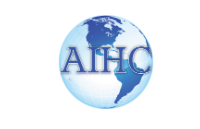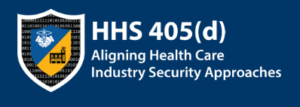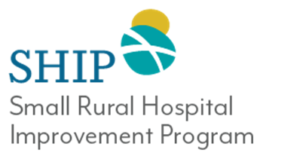July 10, 2023

Top 5 FAQ – Maternity Care Nursing Workforce Expansion (MATCare) Program (HRSA-23-120)
Q1: Can accredited schools of nursing apply to begin a nurse midwifery program?
A: No. This project is for established accredited nurse midwifery programs.
Q2: Are doulas, Certified Midwives (CMs), or Certified Practical Midwives (CPMs) eligible to receive this funding?
A: No. Eligible beneficiaries of this grant must:
- Be a licensed registered nurse (RN)
- Be eligible to work in the United States
- Be enrolled full-time in an advanced nursing education program to become certified as a CNM
- Maintain the predetermined academic standards of the recipient institution
Q3: Can part-time students be supported by this funding opportunity?
A: No. Beneficiaries must be enrolled full-time in an advanced nursing education program to become certified as a CNM.
Q4: How should salary for faculty/staff involved in the project be determined?
A: Salary for faculty/staff involved in the proposed project should be commensurate with the level of effort dedicated to the project. You also should determine if the costs being included are allowable, allocable, reasonable, and appropriate.
Q5: Is the applicant organization responsible for making direct payments to preceptors?
A: Award recipients are responsible for paying stipend support to the preceptors.
More questions?
Check out the full list of FAQs and Technical Assistance Webinar recording.
Applications accepted until 11:59 p.m. ET on July 14, 2023.





